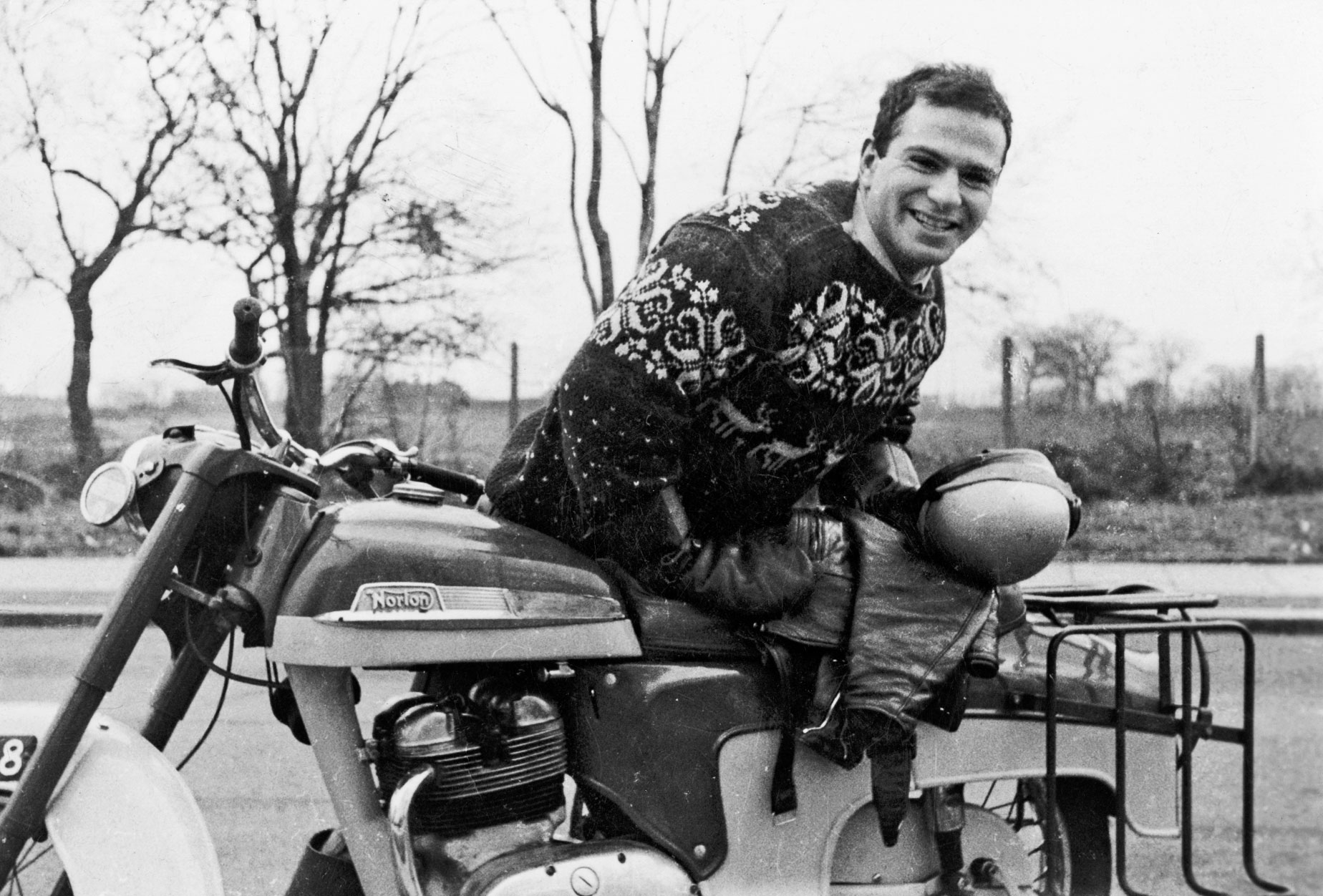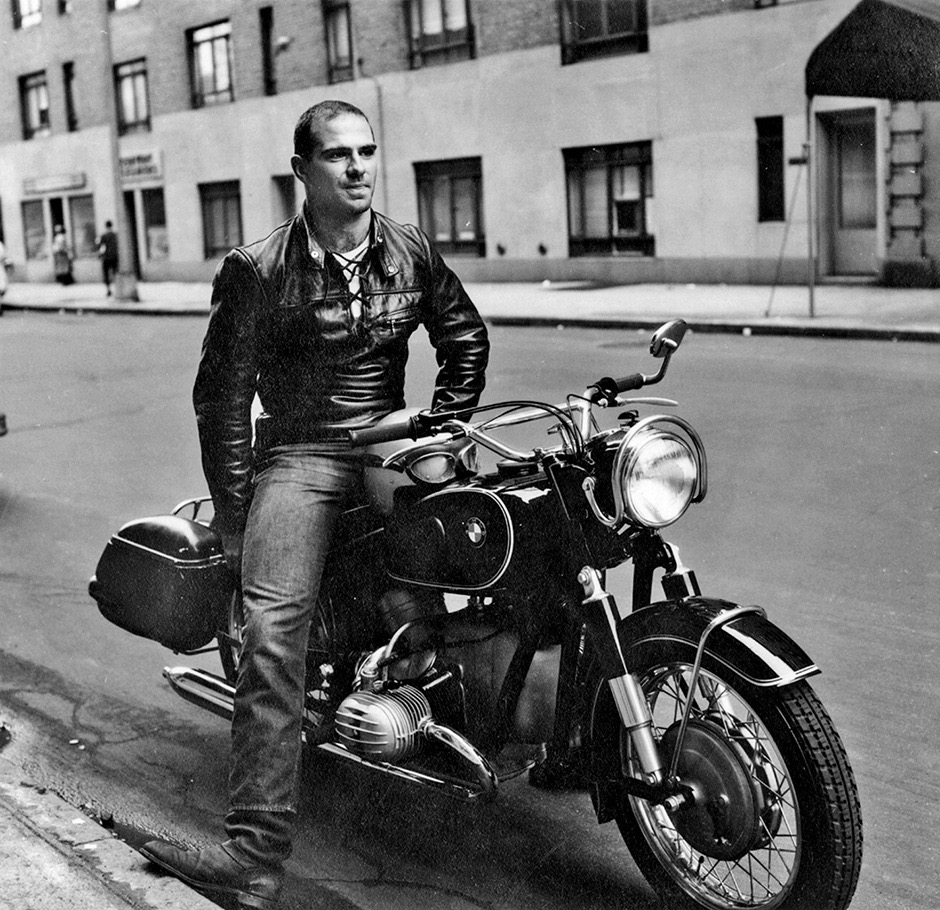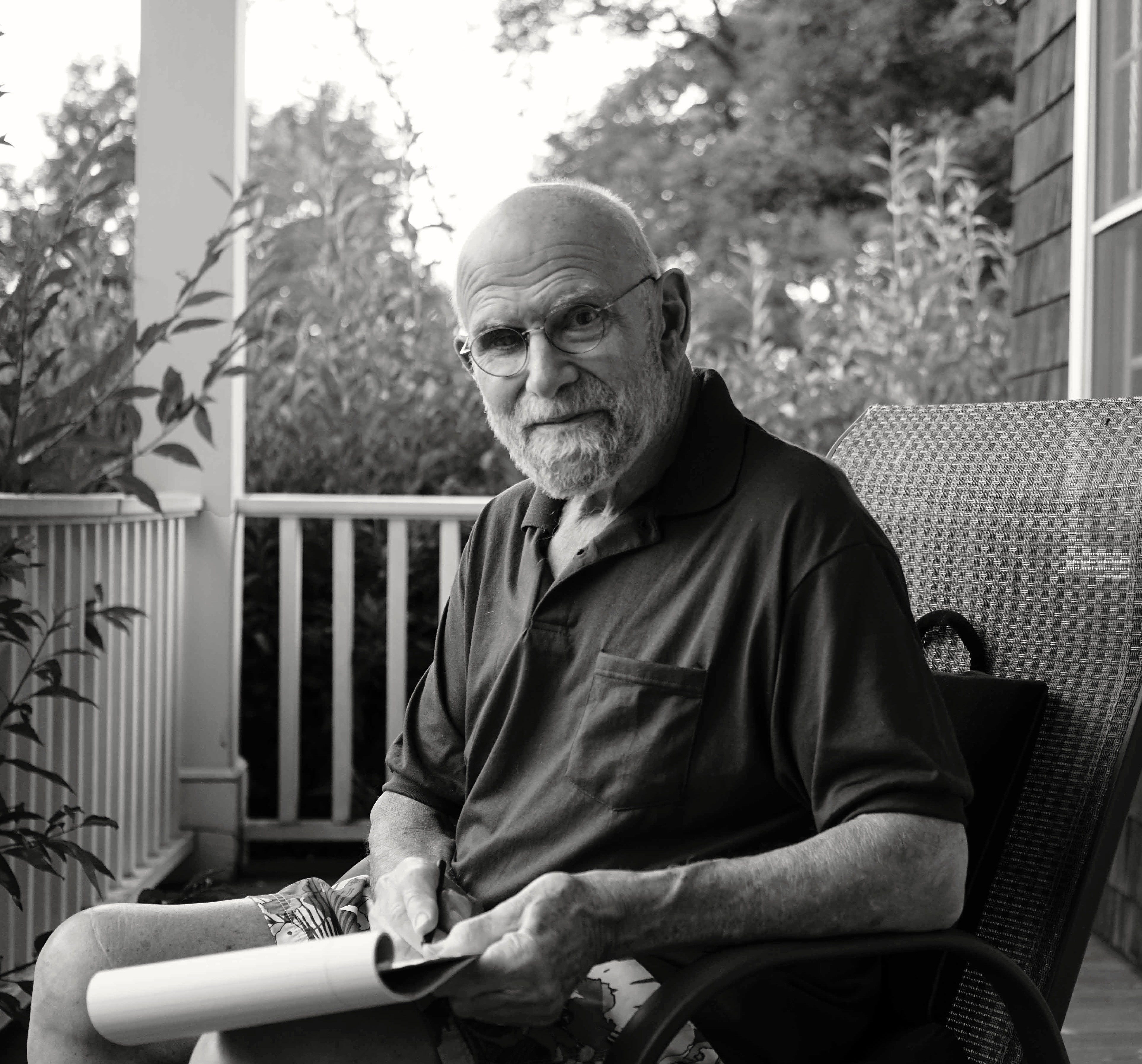
Meet Dr. Oliver Sacks, the Inspiration Behind NBC's 'Brilliant Minds'

Last month, NBC premiered its new medical drama, Brilliant Minds, starring Zachary Quinto as Dr. Oliver Wolf. The premise is intriguing: a motorcycle-riding neurologist, who’s as unorthodox as he is skilled, treats a wide array of patients with neurological conditions most people can’t even fathom. Between cases, we glimpse into Wolf’s troubled past and his own neurodivergence to paint a complete picture of a man who’s revolutionizing his field. Believe it or not, this premise is not the brainchild of a screenwriter, but based on the life and work of the beloved real-life neurologist and bestselling author: Dr. Oliver [Wolf] Sacks.
Brilliant Minds is inspired by two of Sacks’s books in particular: The Man Who Mistook His Wife For a Hat and An Anthropologist on Mars. Like Dr. Wolf, Sacks was a complete iconoclast in the scientific and medical community. Yet he made landmark breakthroughs in neuroscience, from uncovering the profound effect that music has on the brain to humanizing neurological patients by writing about them as people, not subjects. Through the fictionalized Dr. Wolf, who is played thoughtfully by Quinto, Brilliant Minds sheds light on an array of lesser-known neurological conditions and goes a long way in destigmatizing neurodivergence.
If you’re already a fan of Brilliant Minds, you’ll get so much more out of the series by getting to know its inspiration: Dr. Oliver Sacks. Kino Film Collection is proud to be home to the documentary Oliver Sacks: His Own Life by Ric Burns, which chronicles the celebrated neurologist’s life through his own words.
"Ric Burns’s film captures beautifully the full range of Dr. Sacks’s complex life and personality, as well as the groundbreaking nature of his work," says Kate Edgar, who is Executive Director of the Oliver Sacks Foundation and consulted on Brilliant Minds. "The real Dr. Sacks was a shy genius – intense, kind, and often unexpected, sometimes hilarious, always thought-provoking. For anyone watching Brilliant Minds, this documentary is a perfect way to learn more about neurodiversity and the inspiration behind the TV series."
Stream Oliver Sacks: His Own Life now on Kino Film Collection and read on for some quick facts about the man who changed the way we look at the human brain forever.

He Was a Scientist and Writer
It’s impossible to separate Oliver Sacks the scientist from Oliver Sacks the writer. During his career, Sacks wrote more than a dozen books and countless case histories on a wide range of neurological issues, from conditions that affect millions like migraines, Tourette’s syndrome, Alzheimer’s or autism, to rarities like the inability to recognize faces and objects. The New York Times has referred to Sacks as “the poet laureate of medicine,” and his work has gained millions of fans around the world – it has even inspired many to begin careers in neuroscience.
He Treated Patients Like Humans, Not Subjects
Sacks changed the field of neuroscience by humanizing his patients. Instead of treating them as subjects or specimens, Sacks focused on their individual experiences and explored who they were rather than merely what they were afflicted with. Deeply empathetic and compassionate, Sacks encouraged his patients to connect with themselves, and as a writer, he gave them a sense of narrative.
He Himself Was Neurodivergent
Sacks struggled with prosopagnosia, commonly known as face blindness. Though he dealt with it his whole life, he didn’t realize his exact condition until middle age. His inability to recognize faces contributed to his severe shyness.

Doctor, Writer, Biker
Ever the free spirit, Sacks’s transportation of choice for much of his life was a motorcycle. He would take countless solo rides through the desert, sometimes all through the night just so he could end up at the Grand Canyon for sunrise. He would ride such long distances that he ended up putting 100,000 miles on his BMW R60.
He Focused on Both Body and Mind
Sacks was also an avid weightlifter and swimmer. In his 20s, Sacks lived in Venice, CA, and frequented Muscle Beach, where he became integrated into a tight-knit community of powerlifters. In 1961, Sacks set a new state record in California for squatting 600 pounds. Not surprisingly, his nickname was Dr. Squat.
Sacks was also a lifelong swimmer and swam almost every day until he died. When he lived on City Island in the Bronx, he would regularly swim in the open waters of the Eastchester Bay and the Long Island Sound and even circumnavigate the island, which would take several hours.
Miracle Worker of Beth Abraham
In 1966, Sacks began working at Beth Abraham Hospital in the Bronx, where he treated a group of survivors of the sleeping sickness pandemic that swept the world after WWI. For 30 or 40 years, these patients had been stuck in catatonic states, unable to move or speak, and by the time Sacks was brought on board they had been all but forgotten. Sacks changed everything when he prescribed them a then-experimental drug called L-dopa that miraculously brought them back to life. Suddenly, they were fully lucid, mobile, and awake. Sacks was able to connect with them deeply during their awakening and he brought these forgotten souls back to life in a different way by writing their stories in his 1973 book Awakenings.

From the Bronx to Hollywood
Sacks’s book Awakenings inspired the 1990 film of the same name, starring Robin Williams and Robert De Niro and directed by Penny Marshall. The film follows Sacks’s real-life accounts with his group of patients at Beth Abraham, but chooses to focus on Dr. Malcolm Sayer’s (a fictionalized version of Sacks played by Williams) relationship with a specific patient, Leonard Lowe (played by De Niro). Awakenings was nominated for three Academy Awards: Best Picture, Best Actor, and Best Adapted Screenplay.
He Struggled to Be Accepted
For much of his career, Sacks was dismissed by the scientific and medical communities, who did not take the literary-minded neurologist seriously as a scientist. They even accused him of exploiting his patients in his book Awakenings. It was not until the film adaptation came out in 1990 that the community suddenly started embracing him, offering him honorary degrees and inviting him to lecture at their institutions.

Astronomy of the Mind
Celebrated ethologist Temple Grandin, who Sacks profiles in An Anthropologist on Mars, has a theory: The scientific community did not take Sacks seriously because he didn’t have a hypothesis and controlled experiment; he merely observed. As such, she compares him to the Hubble Space Telescope, whose sole function is to observe. What Sacks is doing, she says, is “astronomy of the mind.”
He Found Love Late in Life
Sacks lived alone for most of his life and was celibate for about 35 years beginning in his 40s. After coming out to his father in college and being rebuked by his mother for being gay, Sacks moved to San Francisco but never formed any lasting romantic partnerships. In 2008, well into his 70s, Sacks began a friendship with New York Times contributor Bill Hayes, who would become his first long-term partner. They remained in a committed relationship until Sacks’s death from melanoma in 2015.
His Lifelong Pursuit
Over the course of half a century, Sacks has made immeasurable contributions to the field of neuroscience. But if you could boil down his work into one pursuit, it would be to understand individual consciousness—what makes someone uniquely them? Sacks’s two favorite questions to ask were “how are you?” and “who are you?” In a sense, his unwavering dedication to understanding individual consciousness is what defined his own.
Stream Oliver Sacks: His Own Life now on Kino Film Collection to learn even more about this remarkable human.










